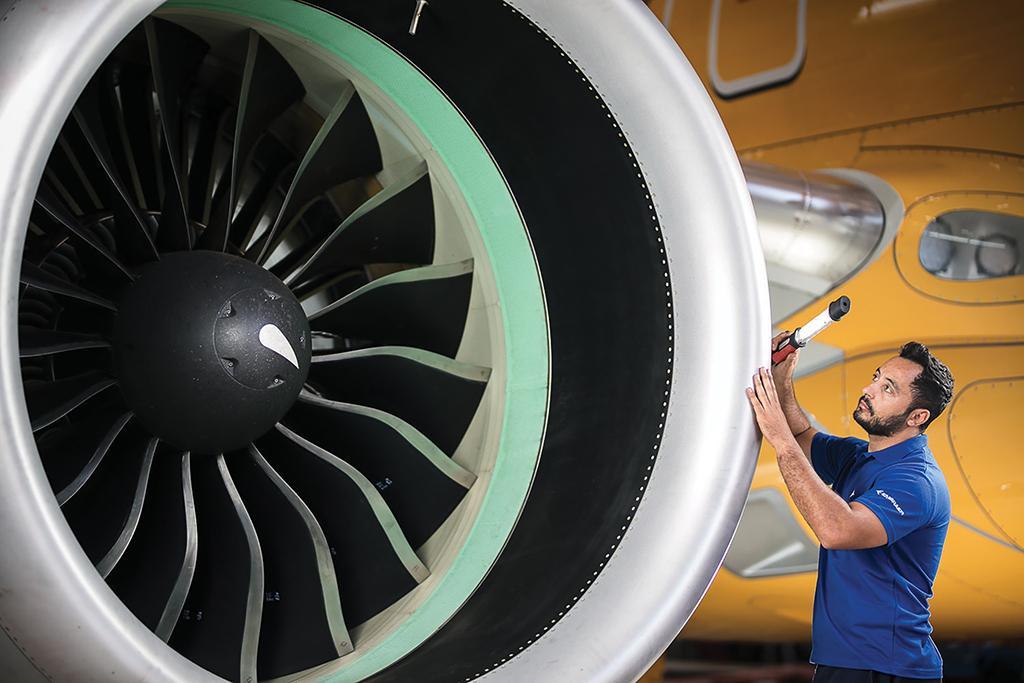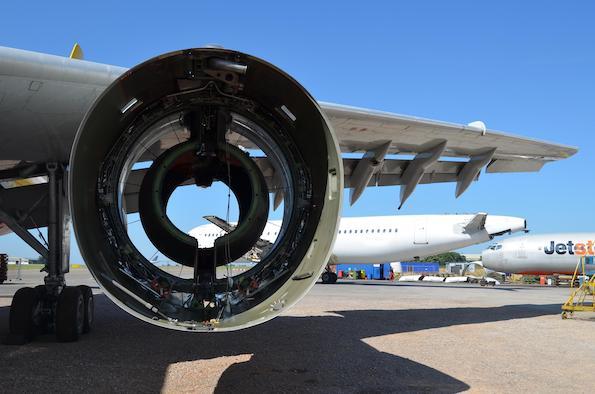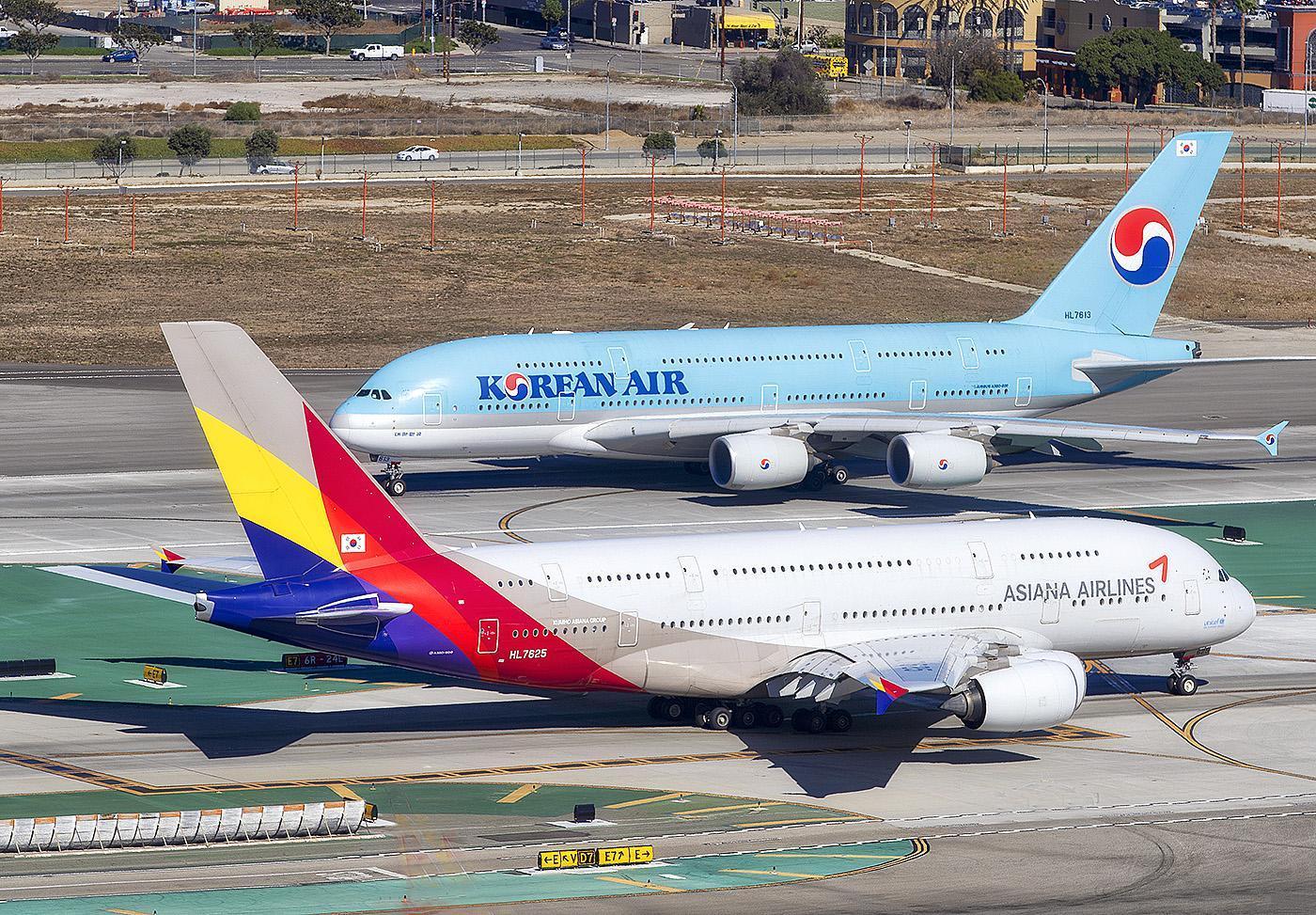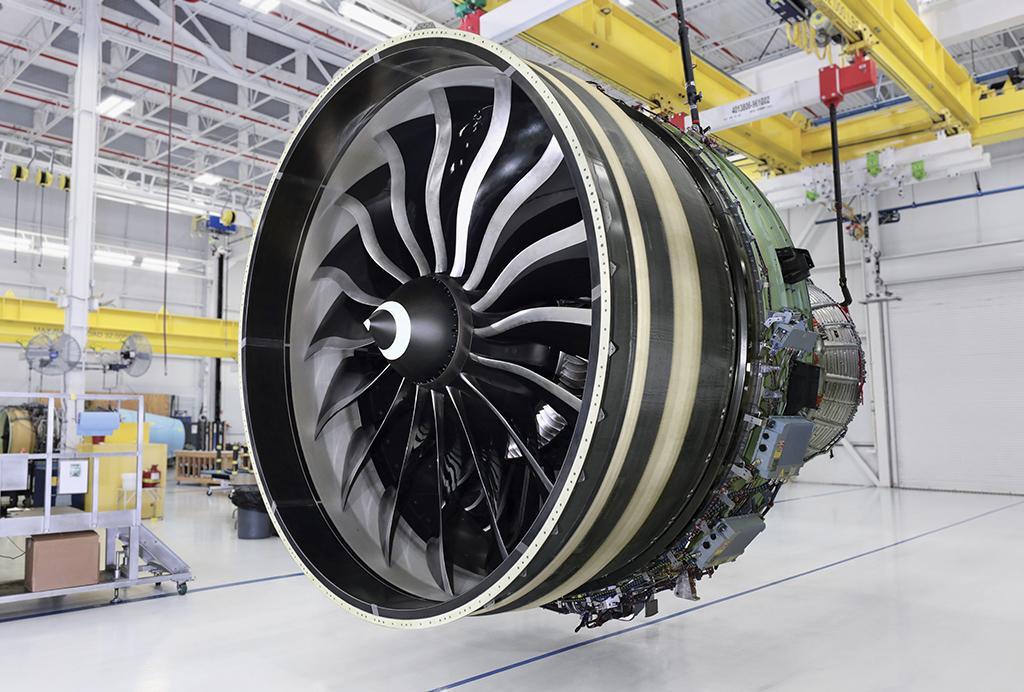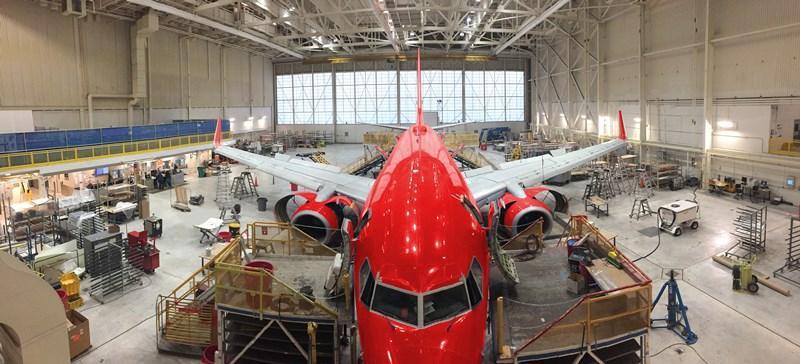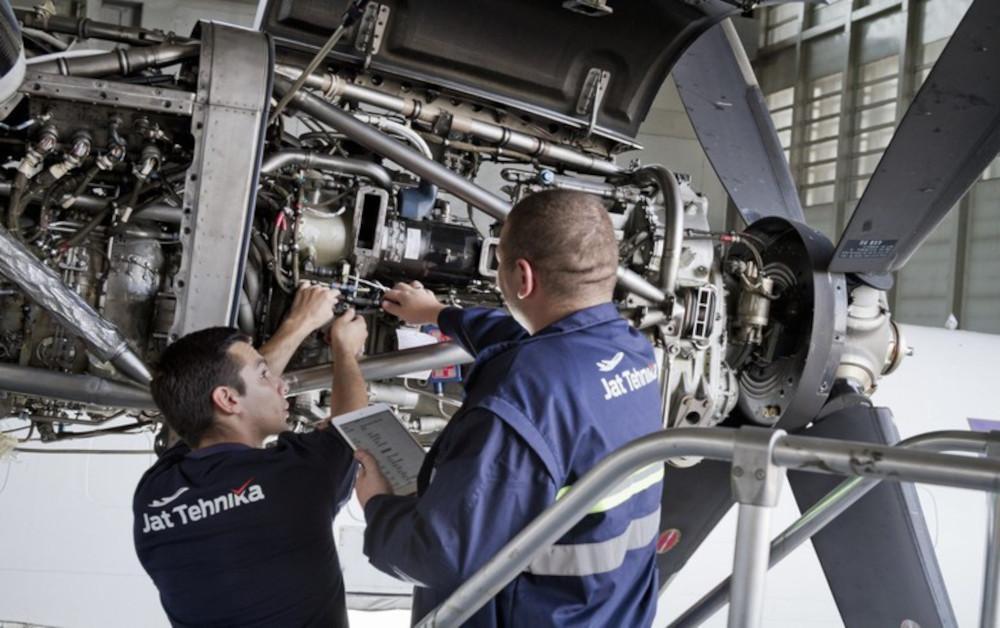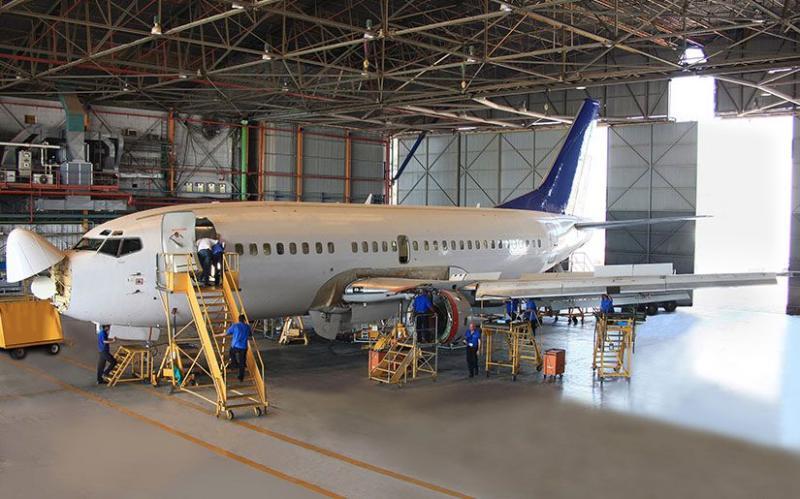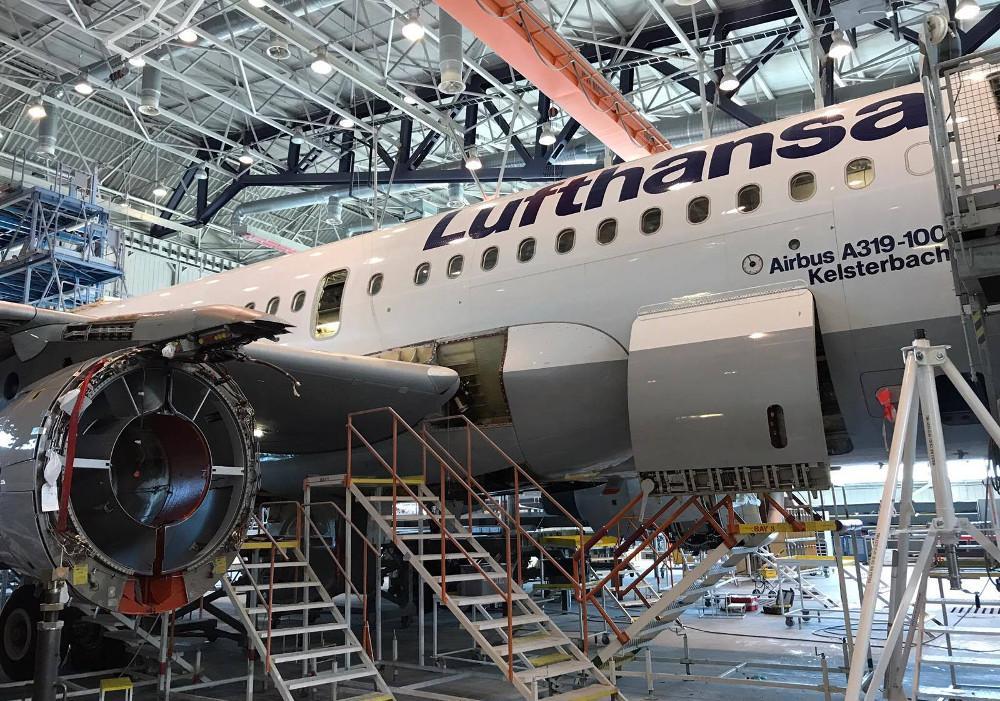Gallery: Deconstructing Aircraft Life-Cycle Cost Analysis
April 29, 2021Life-cycle cost analysis is probably the most complex element of airline strategy. Calculating what an aircraft will cost to finance and operate over its useful life involves a huge array of inputs—some predictable, some variable and some that may be impossible to anticipate.
This gallery is a shortened version of the Inside MRO article, Deconstructing Aircraft Life-Cycle Cost Analysis, by Alex Derber.
